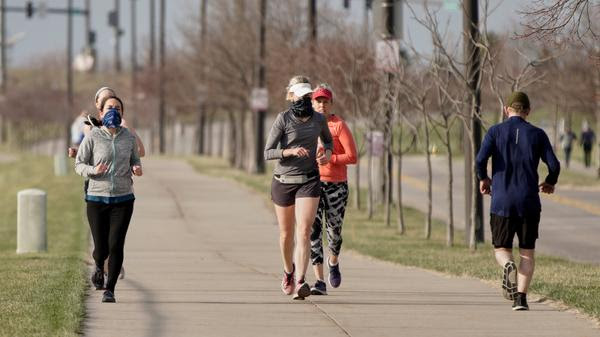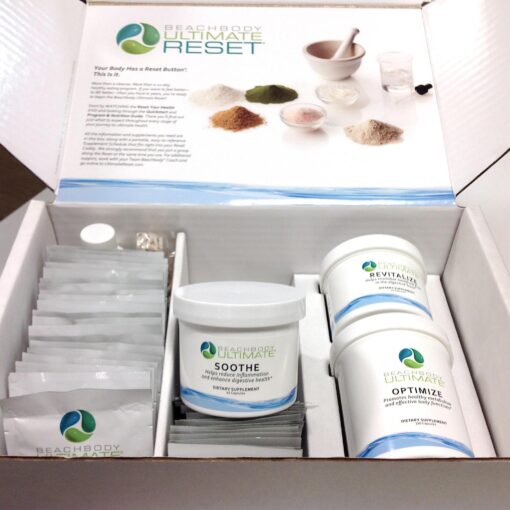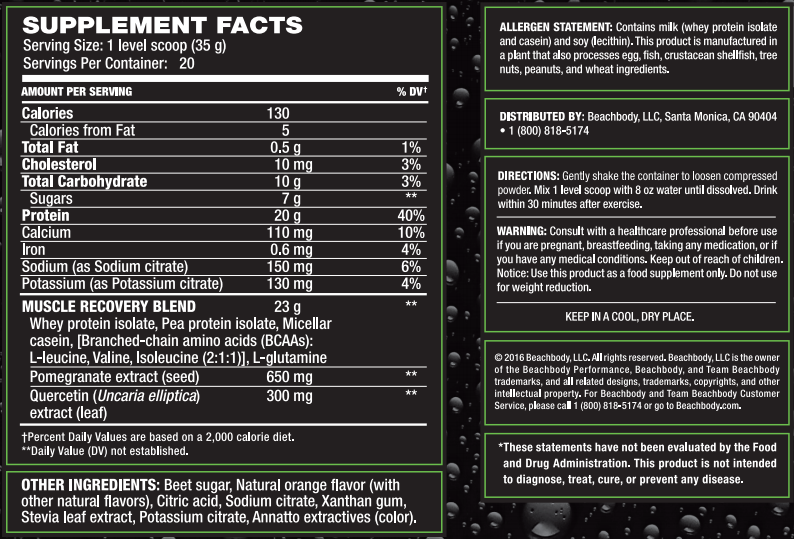

COVID-19 and Exercise
Holly Silvers-Granelli, MPT, Ph.D. Twitter: @hollysilverspt
The recent COVID-19 pandemic has raised many questions regarding how to properly take care of your personal cardiovascular health and overall physical and emotional wellness. Many people feel unsure about how to exercise and strengthen safely during this unprecedented time. Access to gyms, parks and aquatic centers has been heavily restricted since it has been shown that virus is stable on surfaces and in the air for an extended period of time. (1) However, it is important to continue a modified exercise regimen in order to enhance immune response, improve cardiovascular health and combat the negative consequences of social isolation during quarantine. When our bodies endure stress (physical or emotional), stress hormones such as glucocorticoids (e.g.cortisol) may be systemically elevated and can lead to an impairment of our immunity. Moderate exercise has been shown to have positive implications on the immune system, cognition, cardiovascular disease, obesity, anxiety and depression. Elevating your heart and breathing rate has been shown to decrease lung infection rates, increase circulating white blood cells in the blood stream (antibodies), transiently increase core body temperature to combat infection, and dampen the endocrine production of stress hormone. (2) All of these sequalae have been postulated as to why moderate exercise has been shown to mitigate risk of acute and chronic illness.
Currently, there is no specific scientific data regarding the effects of exercise on COVID-19. However, prior research supports the notion that moderate exercise can protect you from many other viral infections including influenza, rhinovirus, and respiratory tract infections by reducing inflammation and improving the immune response. (3)
During this current climate, it is important to underline the importance of maintaining good personal hygiene when exercising, including thoroughly washing your hands following exercise, abstaining from touching your face and wearing a mask when in the proximity of others while exercising outdoors. A study conducted by a Belgian research team showed that six feet of social distancing may not be adequate during walking, running and cycling. When air flows around a body in motion (drag), a runner or cyclist can create a slipstream of droplets behind them extending 10 to 20 meters.(4) The slipstream extension is directly correlated to speed, the faster you are moving, the longer the slipstream. Due to the uncertainties surrounding this novel virus, it would be prudent to take the extra precaution and wear a mask in order to protect yourself and others while exercising outdoors.
Interestingly, researchers are finding a correlation between exposure to air pollution and the COVID-19 fatality rate. A recent analysis of COVID-19 related deaths in Europe demonstrated that 78% of those cases occurred in five highly polluted regions. The researchers examined the pollutant nitrogen dioxide exposure (NO2) and suggested that prolonged chronic exposure to this pollutant will limit the bodies ability to defend itself from chronic respiratory stress. (5) NO2 is associated with air and vehicular traffic pollution, and causes inflammation in the lining of the lungs and reduces immunity to lung infection. An additional study conducted in the United States found that areas susceptible to fine particle pollution demonstrated that for every 1 ?g/m3 of particulate matter, there was an 8% increase in COVID-19 deaths. (6). Pollution, in addition to older age, history of smoking, hypertension and heart disease have also been identified as variables that are associated with increased risk of contracting COVID-19.
This research just further elucidates the notion of why exercise, excellent personal hygiene and overall wellness are critical components to mitigate your risk of acute and chronic disease. The state of the environment may be an indicator of our overall respiratory health.



